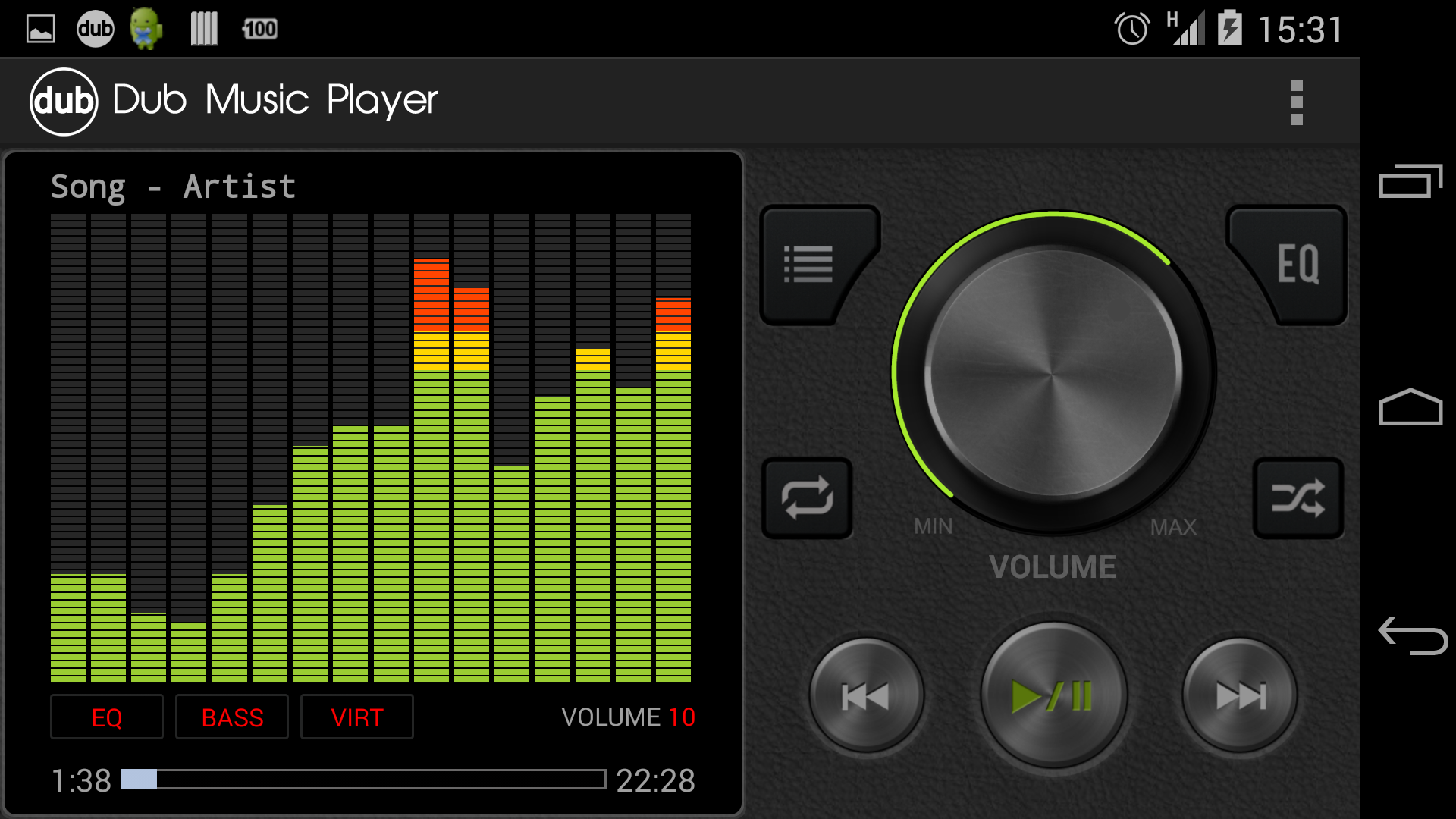

Removing some of this can help clear up some unwanted frequency information, or at the very least, give you the perception that the mix is ‘smoother’ and less fatiguing to the ears. The mids are scooped as guitar-based music often includes a lot of mid-range frequency content that could somewhat muddy up the mix. We’d suggest starting with the Rock preset, which will add a little to the low end and highs while dipping out a section of mid frequencies. We’re generalizing a little here, but for any heavier guitar-based music, you may find these settings enhance your experience as a listener. We’d recommend starting with the Bass Booster and, if necessary, experimenting with increasing the 1kHz and 2.4kHz frequency bands to bring out any frequency content in that area that you might feel is missing. It’s worth noting that this only affects the low end, but you may want to improve things by notching up some of the higher frequencies, mainly if there is a lead line or vocals in the track.

Simply select the Bass Booster preset in the Spotify Equalizer Settings, and you’ll notice the low end becomes boosted. This is because, in much electronic music, there is an emphasis on the kick drum and bass. One of the more popular Spotify settings for most electronic genres will be the Bass Booster function. Best Spotify EQ Settings Electronic Music/Dance/EDM These settings will get you into the right ballpark for the style you are playing. Remember, this isn’t a one size fits all situation, and these suggestions aren’t a guaranteed way to improve the track you are listening to, so make sure to experiment and make adjustments if something isn’t sounding right! You can make some easy adjustments to fit in whatever genre you are listening to. What Are The Best Equalizer Settings Per Genre? Selecting a preset won’t lock you into that particular set of parameters, and you can make adjustments after selecting the preset, meaning you can get most of the way there and make minor changes as you see fit. If you’re unsure where to start, presets are a great place, and you may find they immediately make your track sound better. All you need to do is select the node related to the frequency you want to change and move it up and down to taste.
#Sound equalizer how to
Once you’re into the equalizer settings figuring out how to use it is extremely simple. Scroll down to the ‘Audio Quality’ section.Tap on the settings ‘cog’ icon in the top right-hand corner.To find the Spotify equalizer follow these instructions: iOS Using a simple drag system, you can boost and cut set frequencies in the spectrum or use one of several presets to affect the tonal quality of the track you are listening to. Of course, it won’t be as accurate as a dedicated EQ that you’d use in mixing and mastering, but it will help you make adjustments to suit your listening environment or your headphones. Imagine an EQ that you’d find in your DAW, recording software, or your grandparent’s trusty home HiFi system. The Spotify EQ is an inbuilt function of the Spotify app that allows the listener to make adjustments to the frequency content of the track they are listening to. If you’re wondering precisely what the equalizer is and how it affects your Spotify app, then we’ve got the answers! What Is The Spotify Equalizer? Located in the settings section of the Spotify app, you can quickly and easily locate the EQ and use it to make adjustments to the music you’re listening to. If you’re a Spotify user, you may or may not be familiar with the built-in equalizer. Also, check out our post on the best Spotify EQ settings for AirPods !.Spotify preset walkthroughs and loudness tips included.Learn how to apply EQ to enhance different music genres.
#Sound equalizer pro


 0 kommentar(er)
0 kommentar(er)
